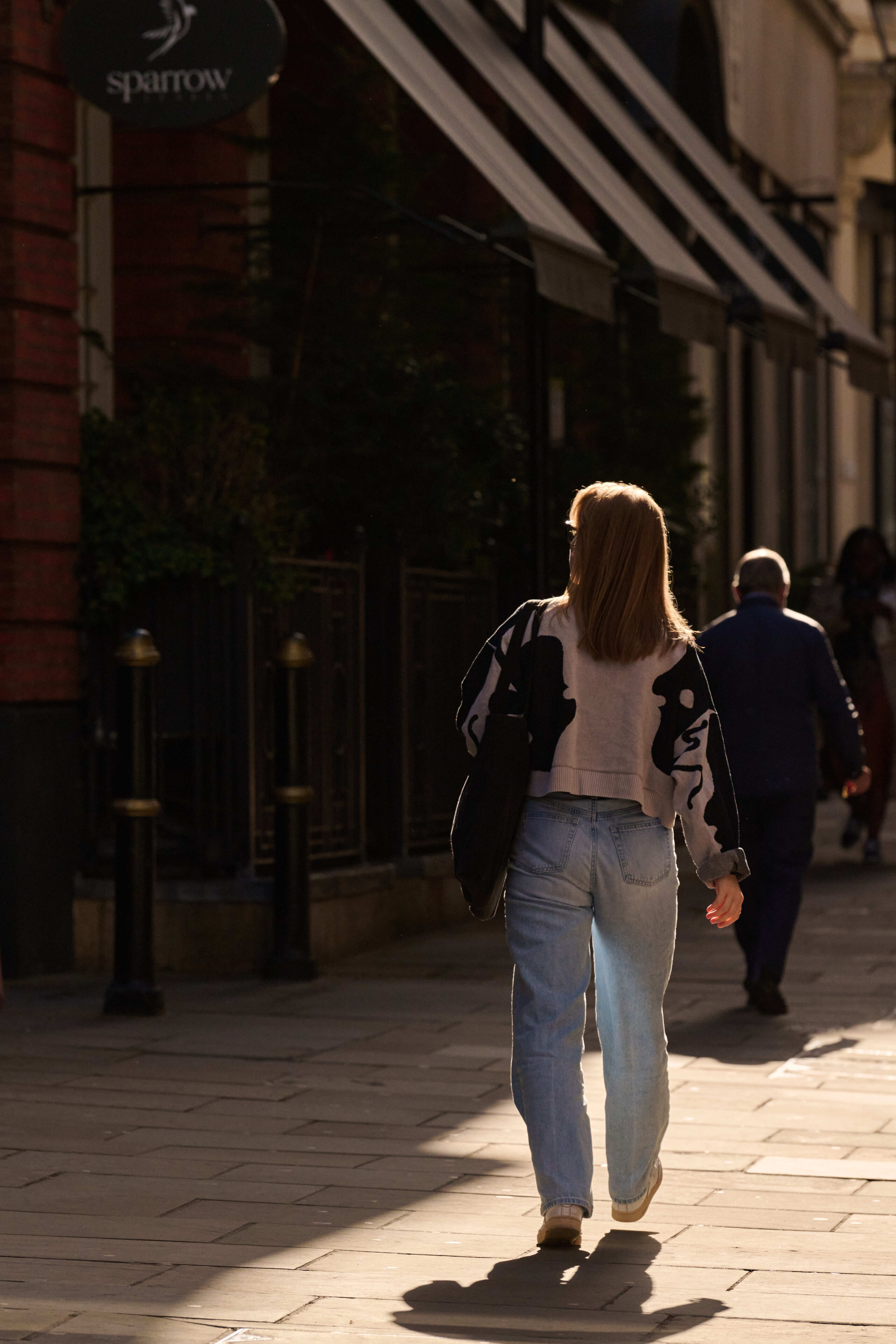
Retailers know they need to leverage the joy of the unexpected. Place brands can tap into this too by setting the element of surprise at the heart of everything from messaging to wayfinding, and design to partnerships.
Retailers know they need to leverage the joy of the unexpected. Place brands can tap into this too.
The science is starting to confirm what retailers have always grasped. What researchers call ‘flashbulb memories’ are particularly vivid and enduring moments in our mental recall which are more likely to come from surprising experiences. It seems our brains have evolved to hold on to the unusual.
Place brands have a duty to support retailers in their quest for serendipity by repositioning themselves to inspire it. Impressions begin the moment we emerge from the station, and a curious mindset makes people receptive to new experiences (and purchases).
We observed this recently with our place brand for Mayfair Quarter — a shopping, dining and wellness quarter hidden in plain sight along London’s Bond Street. Full of hidden courtyards and intriguing passages, it was by leaning into all this unexpectedness that we were able to unlock the brand concept.
We crafted an identity that appeals to people’s natural instinct to seek the unknown, beckoning visitors to ‘step into extraordinary’. It’s an invitation to discover, and a welcome for Soho House and luxury fashion brands now moving in.

Such surprise is a powerful way of getting people to connect with a place. It’s also a natural probiotic for human wellbeing — Gallup’s State of the Global Workplace 2024 report highlights how fully remote employees suffer more from a mental-health perspective.
Such findings suggest we thrive less when we stop organically exploring. So making surprise part of your social impact objectives might just be an opportunity to stand out in an industry struggling to break free from ‘coffee shop’ messaging. It’s an interesting thought.
But invitation alone isn’t enough.
Yes, set it at the heart of your story, but you must also deliver it through action. You are likely already thinking about activation for your place — but are you considering surprise?
“Impressions begin the moment we emerge from the station, and a curious mindset makes people receptive to new experiences (and purchases)"
The first element is enjoying surprise in design and activation. This could be through culture — in Sheffield’s ‘Look Up!’ exhibition, for example, artworks were revealed to visitors only as they held their phones up at certain points in the city.
The second is brand messaging and wayfinding. Can you incorporate elements of discovery to nudge people towards unexpectedness? A puzzle, a code, a riddle — we can be so much braver with signage if we’re willing to see it as a carrier of the brand character, not just information. Setting this spirit at the heart of your marketing is how you continue to remind people of the value of that sheer human thrill of stumbling upon something and bumping into someone.
Thirdly, unexpected partnerships can add original flavour to the impressions your customers leave with. Coffee shops are great, but what about local institutions, community organisations or sports teams? What equity can you leverage in their reputations and associations that could flip perceptions of your place?
In a codified world, genuine unexpectedness is becoming scarce. But people are gripped by what they don’t expect, not by what they do. And that’s surprisingly valuable.